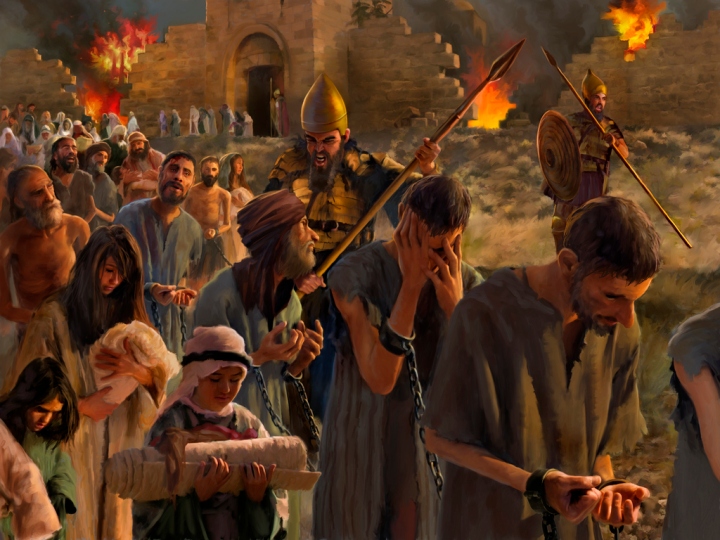În Matei 12:31, Isus spune, “De aceea, vă spun: Orice păcat şi orice hulă vor fi iertate oamenilor; dar hula împotriva Duhului Sfânt nu le va fi iertată.” Acest păcat de hulă sau într-o altă traducere, de blasfemie împotriva Spiritului Sfânt este numit în mod obișnuit „păcatul de neiertat.” Evanghelistul Marcu citează de asemenea cuvintele lui Isus referitoare la acest subiect: „dar oricine va huli împotriva Duhului Sfânt, nu va căpăta iertare în veac: ci este vinovat de un păcat veşnic.” Articolul de față își propune să identifice care este acel păcat atât de teribil, din care omul nu mai poate fi salvat. Poate el să fie comis de către credincioși sau doar de către necredincioși? Sau poate fi comis de ambele caregorii de creștini? Putea fi comis doar în timpul lui Isus sau în timpul apostolilor? Mai poate fi comis acest păcat și astăzi? Dar ce se poate spune despre natura acestui păcat și cu ce este el diferit de celelalte păcate obișnuite?











![Amen-1[1]](https://mironclaudiu.wordpress.com/wp-content/uploads/2010/05/amen-11.jpg?w=720)